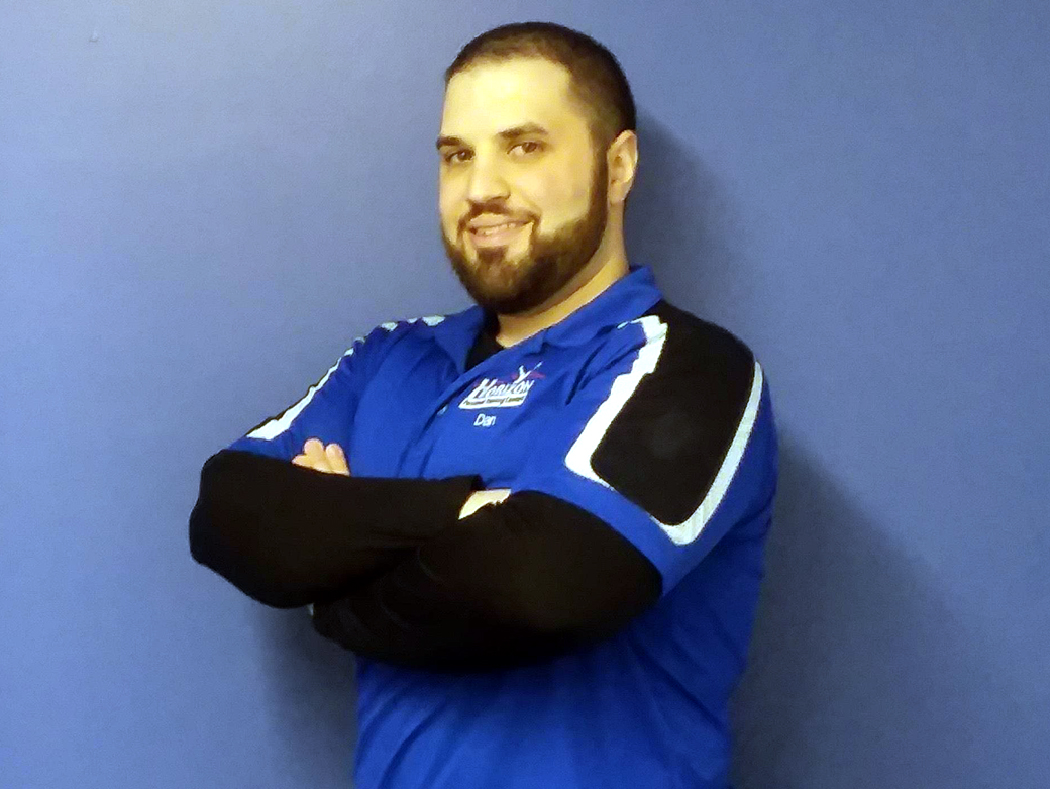
Concussions in Girls Soccer
When most people think about concussions in youth athletes, the first sport that comes to mind is usually football. While football is absolutely a high impact, high contact sport, it does not have the highest rate of concussions. Surprisingly, the sport with the highest rate of concussions, based on a recent study by the American Academy of Orthopaedic Studies, is girls’ soccer. In fact, 34.5% of injuries in girls’ soccer from 2014-2015 were concussions, and/or mild traumatic brain injuries. This is in comparison to 24.7% in Football. Out of all sports studied, girls’ soccer had the highest overall concussion rate, compared to every other sport. Also worth noting, in gender-matched sports, girls experienced significantly higher concussion rates.
There are a few theories as to why these surprising results could be occurring. The most glaring potential cause is the nature of girls’ soccer. It is a sport that emphasizes highspeed, full contact play as well as the act of performing headers. While many sports have a culture of high speed and full-contact play. The difference is, other than shin guards, there is no protective gear.
Anyone who has watched a professional Women’s soccer game, versus a Men’s soccer game, would say that there is a clear difference in how “hard” women play the game. Most people who watched the 2015 Women’s World Cup remember the images of the collision between Germany’s Alexandra Popp and the U.S.’s Morgan Brian. After a vicious collision, both women got up to continue play while Popp’s blonde hair was streaked with copious amounts of blood. This is in vast contradiction to the commonly-joked-about Men’s soccer players that “take a fall.” With the aggressive play and lack of protection in female soccer, it is clear to see how and why there could be an increased rate of injury. While many sports can be aggressive in nature, those sports will provide ample amounts of protection. Football and hockey– two extremely high-contact sports– both provide players with ample pads and helmets.
“Heading the Ball” can also be a leading culprit to concussions. While many sports depend on the athlete using their body as the main tool, soccer is one of the very few that allows the head to be one of those tools. There are many soccer players who have made a career based on their ability and proficiency at heading the ball. Abby Wambach is a perfect example of a player who made it to the top of her sport, in part because of her skill at heading the ball. Because this action is so heavily emphasized, it can absolutely lead to an increase in head injuries. There is already risk in heading a 14 to 16 ounce ball travelling at a high velocity, but the majority of injuries occur when two players go for the same ball and collide head first. Without any protection, it is clear to see how these head-on head collisions can lead to concussions and mild traumatic brain injuries.
Finally, the last possible contributing factor is the less developed musculature of the neck and traps typically found in high school girls. While a lot of D1 women’s soccer programs have recognized the importance and advantages of strength and conditioning and proper weight training, that sentiment has very slowly (if at all) trickled down to the high school level. Often, you can find a high school football team spending multiple days a week “in the weight room.” High school soccer practices generally consist of skill and conditioning (running and agility drills) and very minimal, if any at all, strength training. Concussions are caused by impulsive forces that affect the brain. If the force is greater than what the cerebrospinal fluid surrounding the brain can cushion, then the result will be a concussion. The trauma can be caused by indirect forces to the head. This means that if there is an impact somewhere else in the body and the force goes through the head– especially if it causes a whiplash effect– then a concussion can occur. If the musculature of the neck and upper back are strong enough to support the head through such trauma, then the likelihood and occurrences of concussions may be lessened.
With all of these factors together, it is easy to see why there is such a high rate of concussions in girls’ soccer. Unfortunately, the overall nature and style of play are something that will be unlikely to change. If play and gear won’t change, the only other factor we can control is the training of these youth athletes. If we can properly train these athletes to better withstand the physical demands and forces, then we can potentially decrease the occurrences and severity of injuries.
Daniel Fischman is a Certified Strength and Conditioning Specialist through the National Strength and Conditioning Association and head Personal Trainer at Horizon Personal Training Centers of Newington CT. He has over 10 years experience training everyone from athletes to general population. He specializes in injury prevention and pre/post rehab modalities as well as tactical strength and conditioning. whatever your goal is Dan has the safest, most effective, and most efficient answer for you and your partner! Personal Trainer serving West Hartford CT & surrounding towns.





